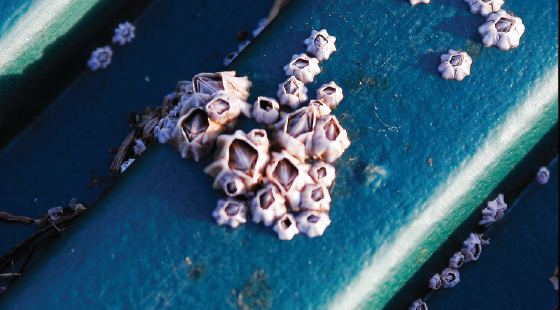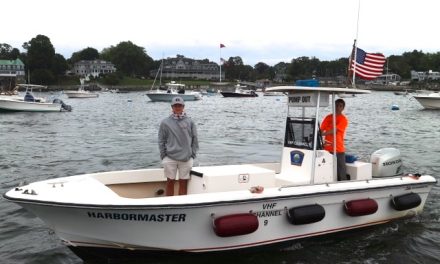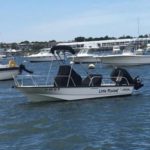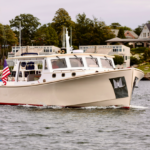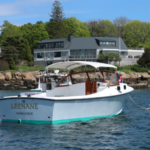“The good news is that there are great alternatives that will serve the same purpose while helping to preserve our fragile ocean for future generations.”
Choosing an Earth-Friendly Anti-Fouling Paint
By James Ashton, Harbor Working Group Chair, Sustainable Marblehead
If you have been thinking about making the switch to a more environmentally friendly anti-fouling paint, I have some good news to share. There are many great alternative bottom paints on the market that are just as effective as traditional anti-fouling formulas, while being kinder to the ocean environment. In doing my own research, I have found some helpful online resources to guide your purchase that I am happy to share below.
It is fairly common knowledge that industry-standard paint formulas over decades, have primarily used copper as a biocide in reducing marine growth on the bottom of your boat. While this has proven effective, copper being released into the water is also proven to be harmful to marine ecology. While some skeptics may argue that copper from anti-fouling paints contribute only small amounts to ocean toxicity, given the choice of a non-toxic alternative that works just was well, many consumers are bidding farewell to copper paints. Admittedly, eco-friendly paints are more expensive off-the-shelf, but many last longer which can reduce the price difference between copper-based in the long-run.
The Alternative Hall Painter’s Buyers Guide breaks down eco-friendly, non-copper based bottom paints into two main categories:
- Alternative biocide hull paints use zinc or other chemicals such as ECONEA (metal-free) to act as the biocide instead of copper. Most alternative biocides are ablative, meaning they wear away as a result of the chemical reaction with the water and the scouring action of water on the hull.
- Non-biocide hull paints contain no polluting chemicals. They protect the boat hull by creating a slick surface or hard protective layer that last for several years.
Source: Alternative Hull Paint Buyer’s Guide, Port of San Diego, Sailors for the Sea
With this distinction in mind, your next step in finding the best option would be to use a guide that can match you with the best paint for your type of boat, type of usage among other factors like climate, etc. I found the West Marine Buyer’s Guide very helpful in considering all of these factors when choosing the right bottom paint for you.
Finally, I also found the following buyers guide shared by Sailors from the Sea from the Port of San Diego (commissioned by the EPA) to be extremely helpful in choosing the right paint: How To Select an Alternative Hull Paint (Port of San Diego Study/ EPA)
Additional helpful resources:
Is Bottom Paint Sinking? Boat US Foundation
Bottom Paint Guide from Sailors for the Sea
While you may feel a bit weary changing out your traditional bottom paint, the good news is that there are great alternatives that will serve the same purpose while helping to preserve our fragile ocean for future generations.


